All Stories
-
 Health & Medicine
Health & MedicineFatty coat on cancer drugs protects the heart
Cancer drugs encased in a layer of fat reduce but don’t eliminate heart damage.
-
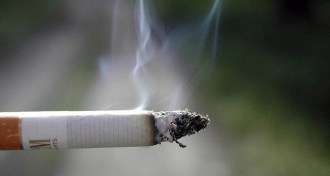 Genetics
GeneticsMale smokers more likely to lose Y chromosomes
Male smokers are more likely to lose Y chromosomes in their blood cells than men who have never smoked or those who have kicked the habit.
-
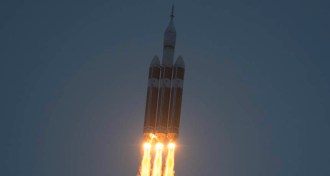 Astronomy
AstronomyNASA’s Orion spacecraft has flawless first test flight
NASA’s new vehicle for human exploration of deep space has successfully completed its first unmanned test flight.
-
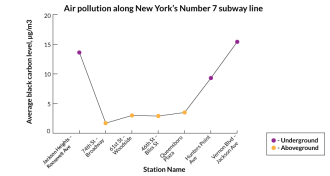 Environment
EnvironmentBlack carbon fouls New York subway stations
Black carbon, a respiratory irritant, fouls air in New York subway stations.
By Meghan Rosen -
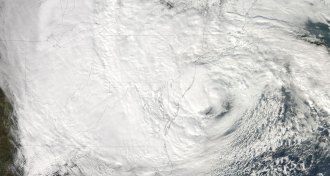 Science & Society
Science & SocietyCompassionate colleagues can help labs restart after disaster
Scientists plan for many things, but often not for disaster. Two scientists share their story of recovery after Superstorm Sandy.
-
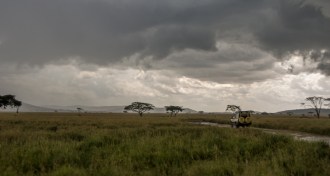 Climate
ClimateGreenhouse gases may spell wet future for Africa
Greenhouse gases played a role in boosting rainfall in Africa 14,000 to 21,000 years ago, a finding that may help predict future abundance of water on the continent.
By Beth Mole -
 Life
LifeElectric eels remote-control nervous systems of prey
Electric eels’ high-voltage zaps turn a prey fish against itself, making it freeze in place or betray a hiding place.
By Susan Milius -
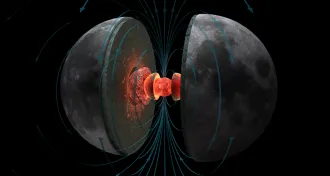 Planetary Science
Planetary ScienceAncient moon’s mega magnetic field explained
Apollo-era moon rocks reveal ancient lunar magnetic field was at least as powerful as the one surrounding modern Earth.
-
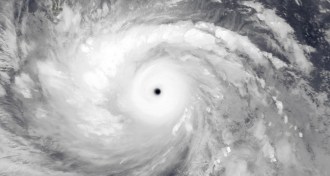 Health & Medicine
Health & MedicineA look back at 2013’s disasters
The Philippines, India and China each lost more than 1,000 lives in 2013 in mass calamities.
-
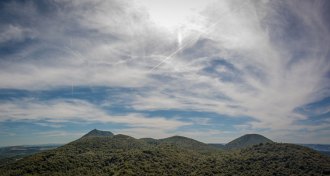 Microbes
MicrobesMicrobes floating among clouds may munch on sugar
Floating in a cloud and noshing sweets while wrapped in a cozy bubble sounds like a pleasant dream. For some lucky bacteria, it may be a reality.
By Beth Mole -
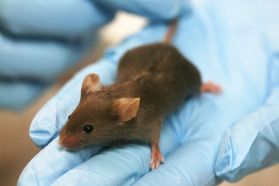 Neuroscience
NeuroscienceMain protein for sensing touch identified in mammals
A close look at how mice respond to touch has helped scientists pinpoint the protein, called Piezo2, that makes mammals feel the sensation.
-
 Materials Science
Materials ScienceCarbon supplants silicon in electronic medical sensors
Prototypes of electronic medical devices constructed from organic materials are noninvasive yet offer similar performance as silicon-based health sensors.